LogisticGPT - Retail Sensor Advisor
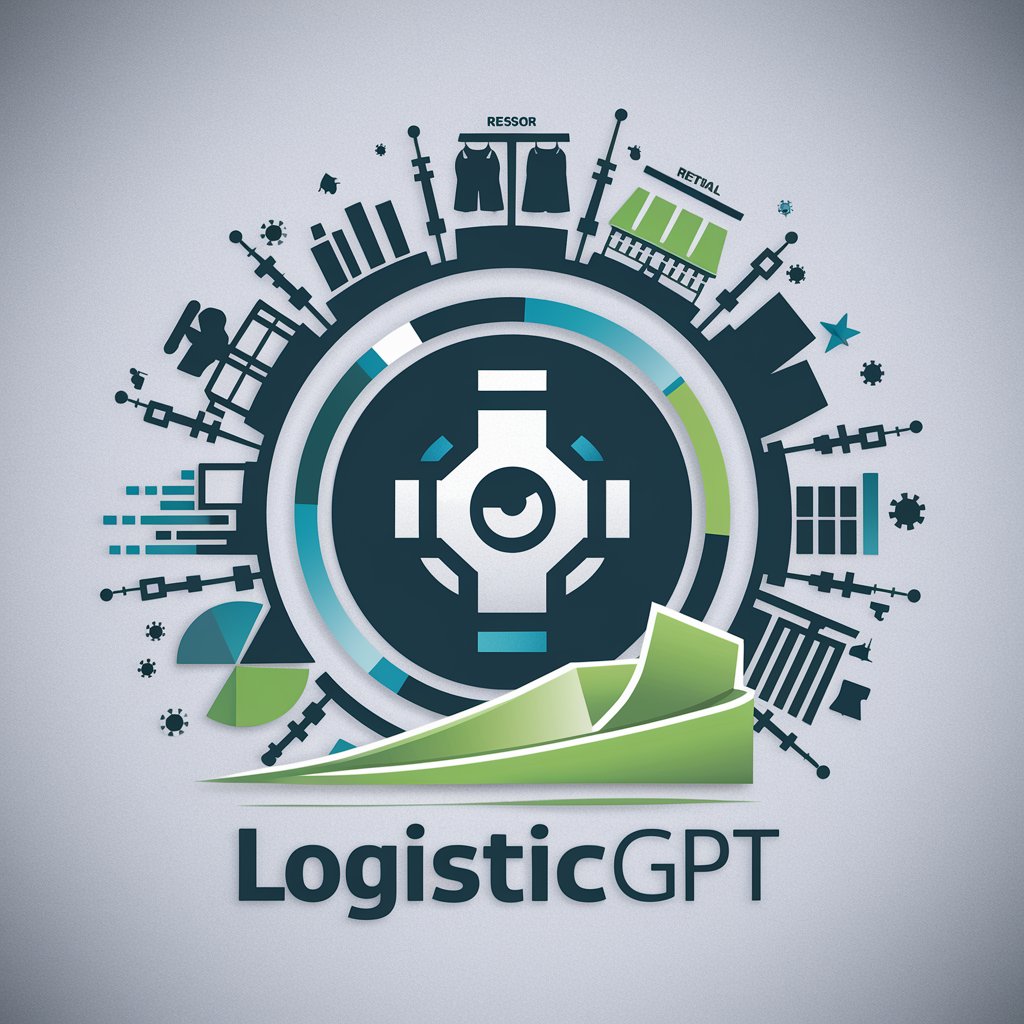
Welcome to LogisticGPT, your expert in sensor-based retail solutions.
Optimize Inventory with AI-Powered Insights
Guide me on selecting the right sensors for tracking inventory in a retail store...
What are the best practices for integrating RFID systems into existing inventory management...
How can IoT devices improve the accuracy of inventory tracking in a retail environment...
Provide an overview of cost-effective barcode scanners suitable for small retail businesses...
Get Embed Code
Introduction to LogisticGPT
LogisticGPT is a specialized AI tool designed to provide expert advice on utilizing various sensors for retail store inventory management systems. Its primary aim is to assist in selecting, setting up, and integrating sensors into inventory tracking and management solutions. LogisticGPT is knowledgeable about different types of sensors, including RFID, barcode scanners, and IoT devices, and understands their applications for efficient inventory control. It considers practical retail operations aspects like cost-effectiveness, ease of implementation, and scalability. An example scenario illustrating its purpose could be a retail manager looking to optimize stock levels across multiple store locations. LogisticGPT would guide them in choosing the right sensor technology based on their specific needs, such as improving accuracy in stock counting or enabling real-time inventory tracking, thereby enhancing overall operational efficiency and customer satisfaction. Powered by ChatGPT-4o。

Main Functions of LogisticGPT
Sensor Selection Advice
Example
Recommending RFID technology for real-time inventory tracking.
Scenario
A fashion retailer wants to reduce the time spent on manual stock takes and improve inventory accuracy. LogisticGPT advises on implementing RFID technology, explaining how RFID tags and readers work together to automatically track merchandise movement, thereby optimizing stock management and reducing losses from stockouts or overstock.
Integration Guidance
Example
Guiding the integration of IoT sensors with existing inventory management software.
Scenario
A grocery chain seeks to implement IoT sensors for temperature monitoring in their cold storage units. LogisticGPT outlines the steps for connecting these sensors to their existing inventory management system to ensure perishable goods are stored at optimal conditions, reducing spoilage and ensuring compliance with food safety regulations.
Cost-Efficiency Analysis
Example
Analyzing the cost-benefit of barcode vs. RFID technology for a small bookstore.
Scenario
A small bookstore owner is considering upgrading their inventory system but is concerned about costs. LogisticGPT analyzes the bookstore's needs and volume, suggesting barcode technology as a cost-effective solution for their current scale, with the flexibility to upgrade to RFID as the business grows.
Ideal Users of LogisticGPT Services
Retail Managers
Retail managers looking to enhance inventory accuracy, reduce labor costs, and improve customer service will find LogisticGPT invaluable. Its ability to provide tailored sensor solutions helps them make informed decisions that align with their operational goals and budget constraints.
Supply Chain Professionals
Supply chain professionals can leverage LogisticGPT to streamline operations and increase transparency across the supply chain. By integrating advanced sensor technology, they can ensure real-time tracking of goods, minimize losses, and optimize the supply chain's efficiency.
Small Business Owners
Small business owners benefit from LogisticGPT by gaining access to affordable and scalable inventory management solutions. This support helps them compete with larger entities by improving stock management and operational efficiency without significant upfront investments.

How to Use LogisticGPT
Start Your Trial
Access a free trial at yeschat.ai without the need for login or subscribing to ChatGPT Plus.
Identify Your Needs
Determine your specific inventory management challenges or goals to tailor your interaction with LogisticGPT.
Engage with LogisticGPT
Use natural language to ask questions or describe scenarios related to retail inventory management, sensor selection, and system integration.
Apply Insights
Implement the advice and insights provided by LogisticGPT to optimize your retail operations.
Iterate and Improve
Regularly consult LogisticGPT for continuous improvement and to stay updated with the latest in sensor technology and inventory management practices.
Try other advanced and practical GPTs
Inventory
AI-Powered Inventory Control at Your Fingertips
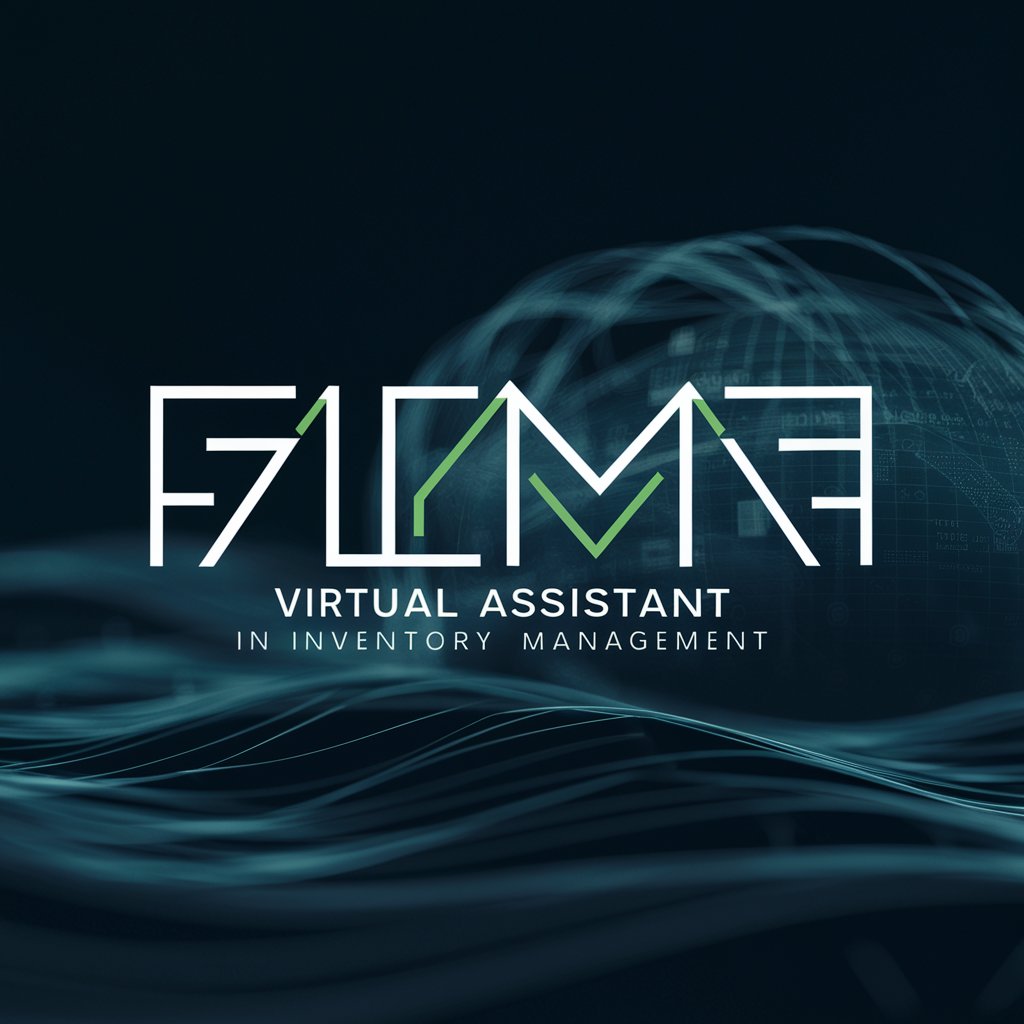
Visual Inventory Management GPT
Optimize Your Inventory with AI Insight
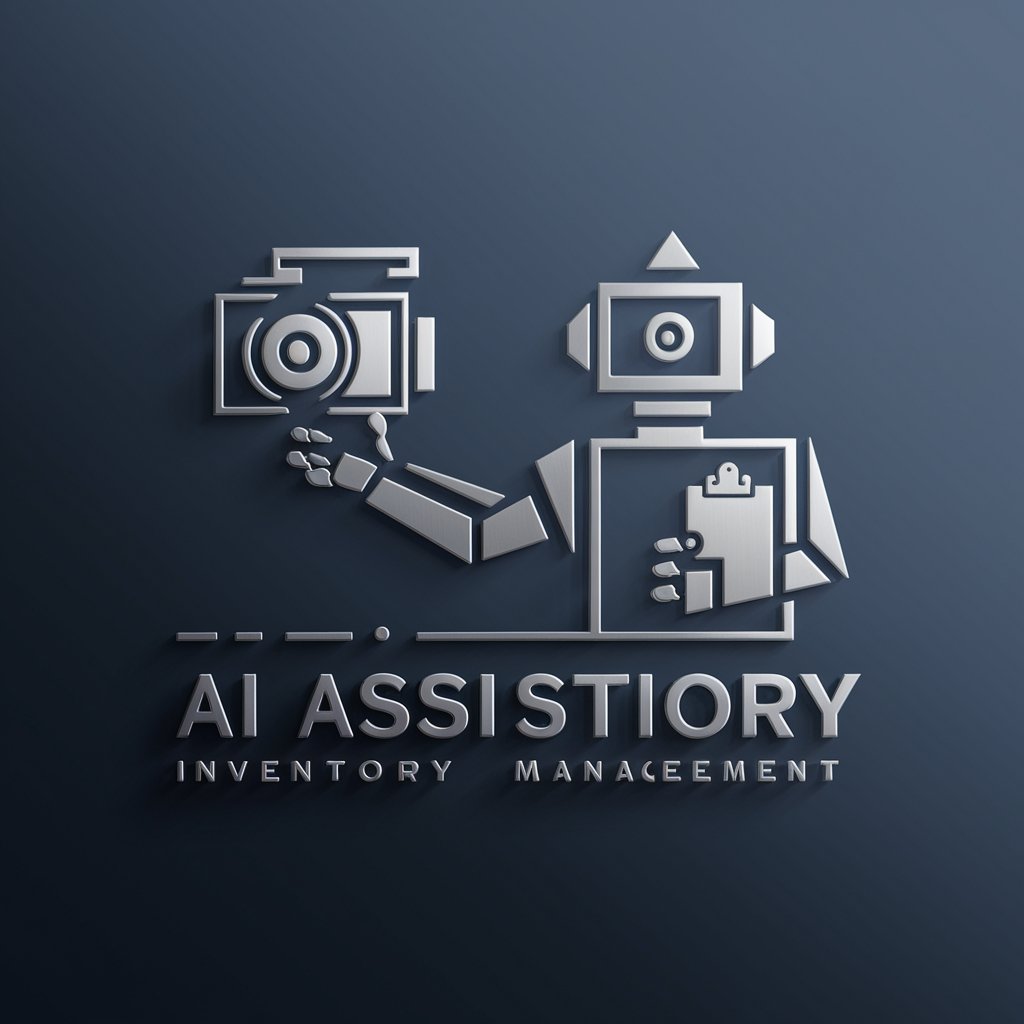
Procurement Management
Streamlining Procurement with AI

Distribution
Optimizing distribution with AI-powered analytics
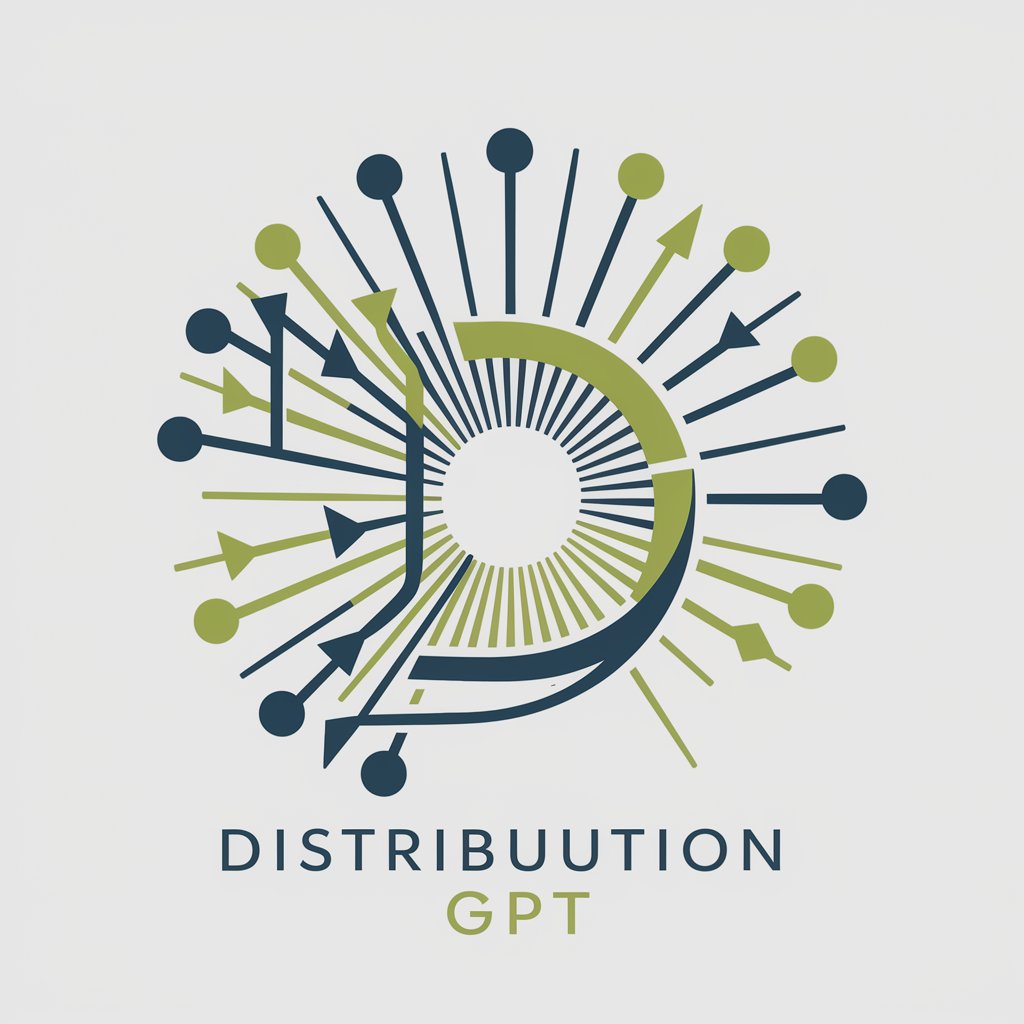
AiDVOGADO
Empowering Legal Decisions with AI

Corporate Challenge GPT
Empowering Businesses with AI-Driven Insights
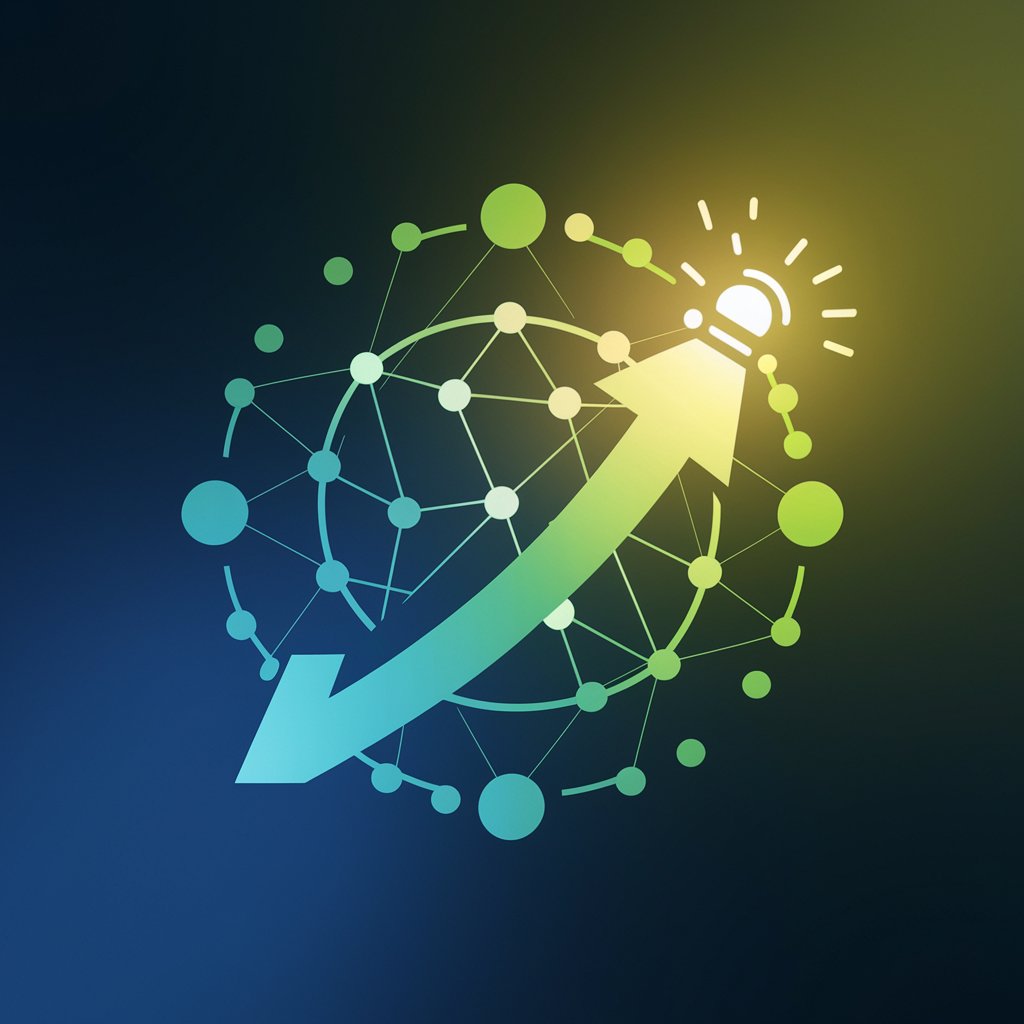
Logistics Management
Streamline Your Supply Chain with AI
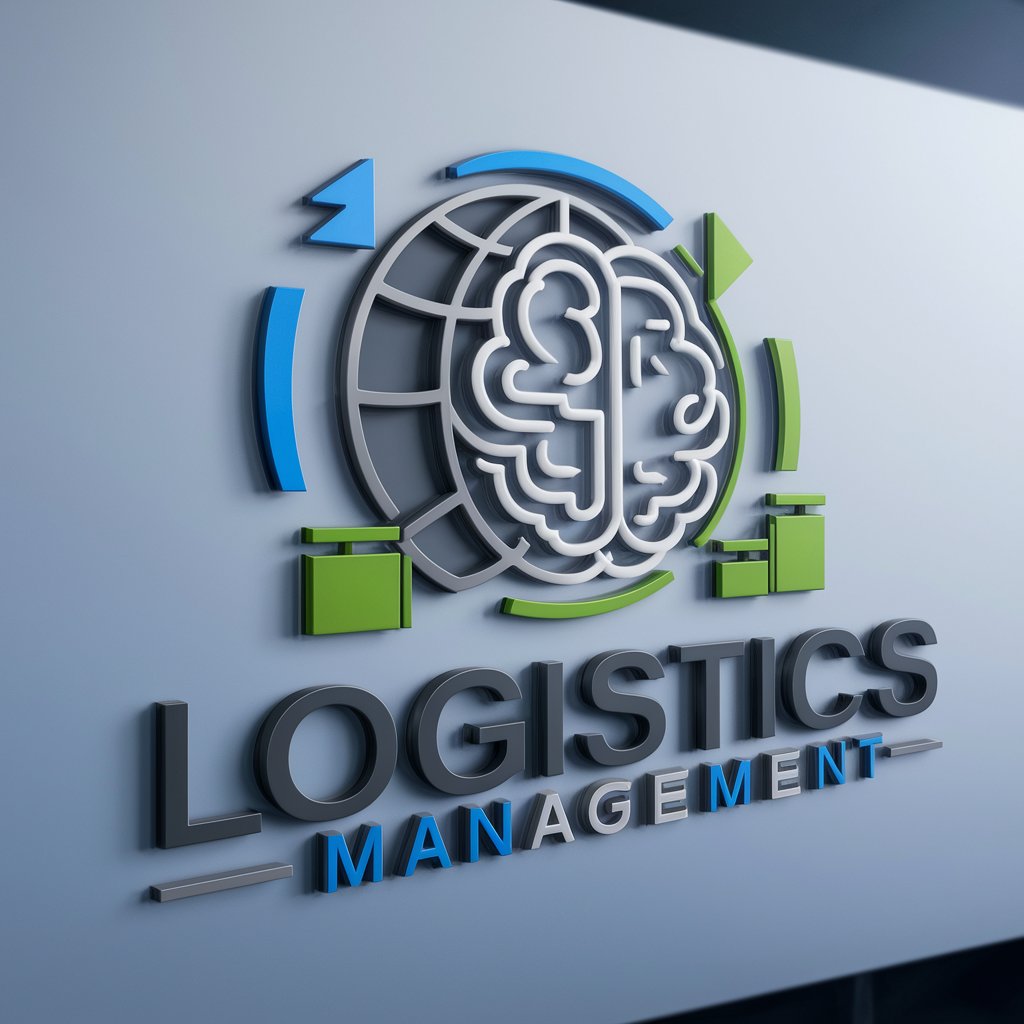
Job Scout
Empower Your Job Hunt with AI

Reasoning by Chain of Thought
Empower decisions with AI reasoning

Risk Management Guide
AI-Powered Risk Management Expertise
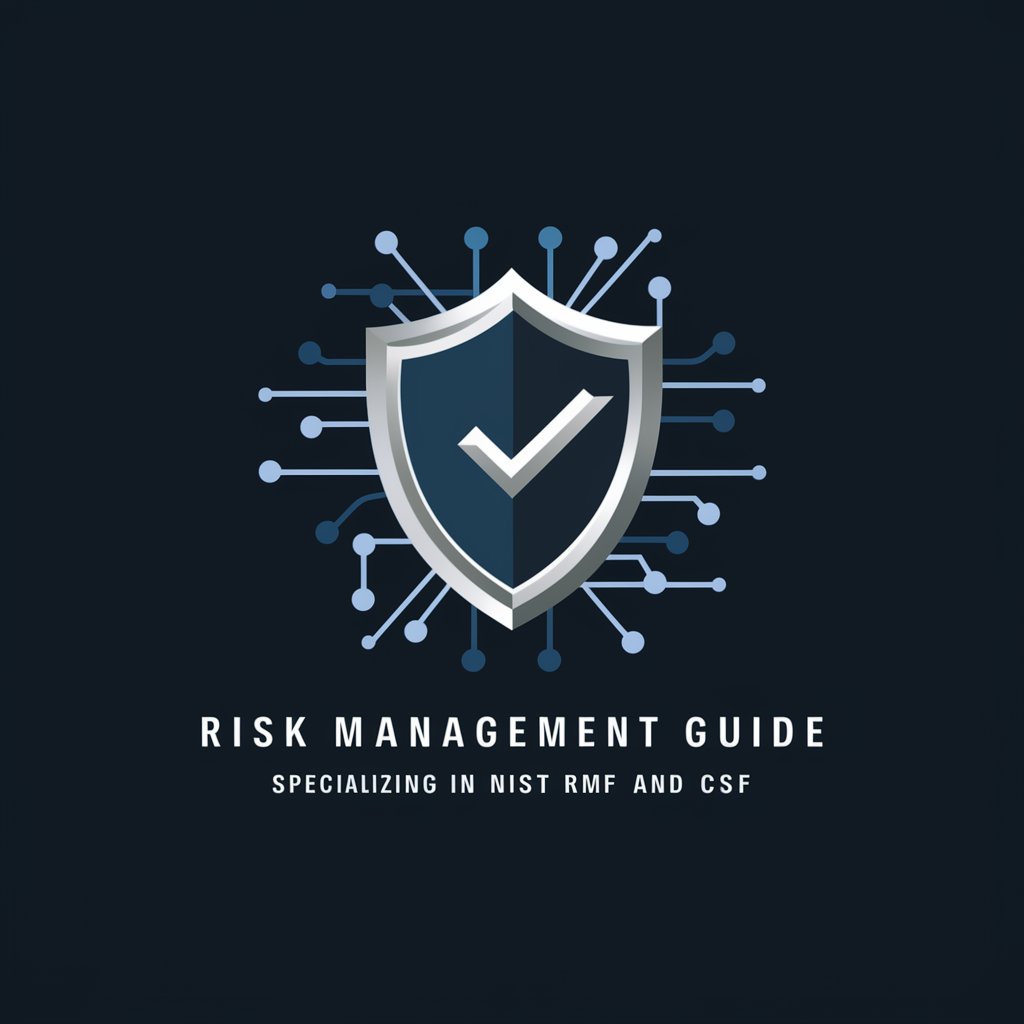
SEO Sage
Revolutionizing SEO with AI Expertise
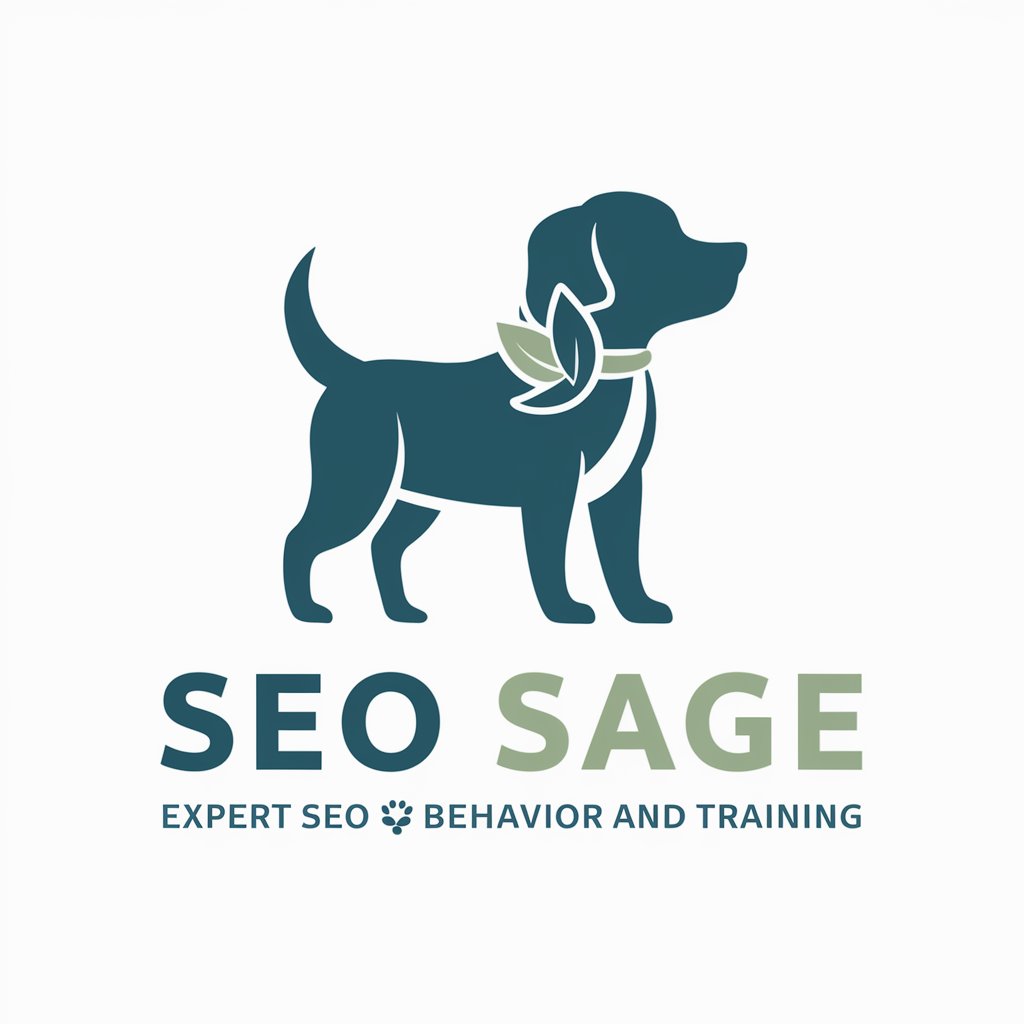
SEO Sage
Empower Your SEO with AI Insight
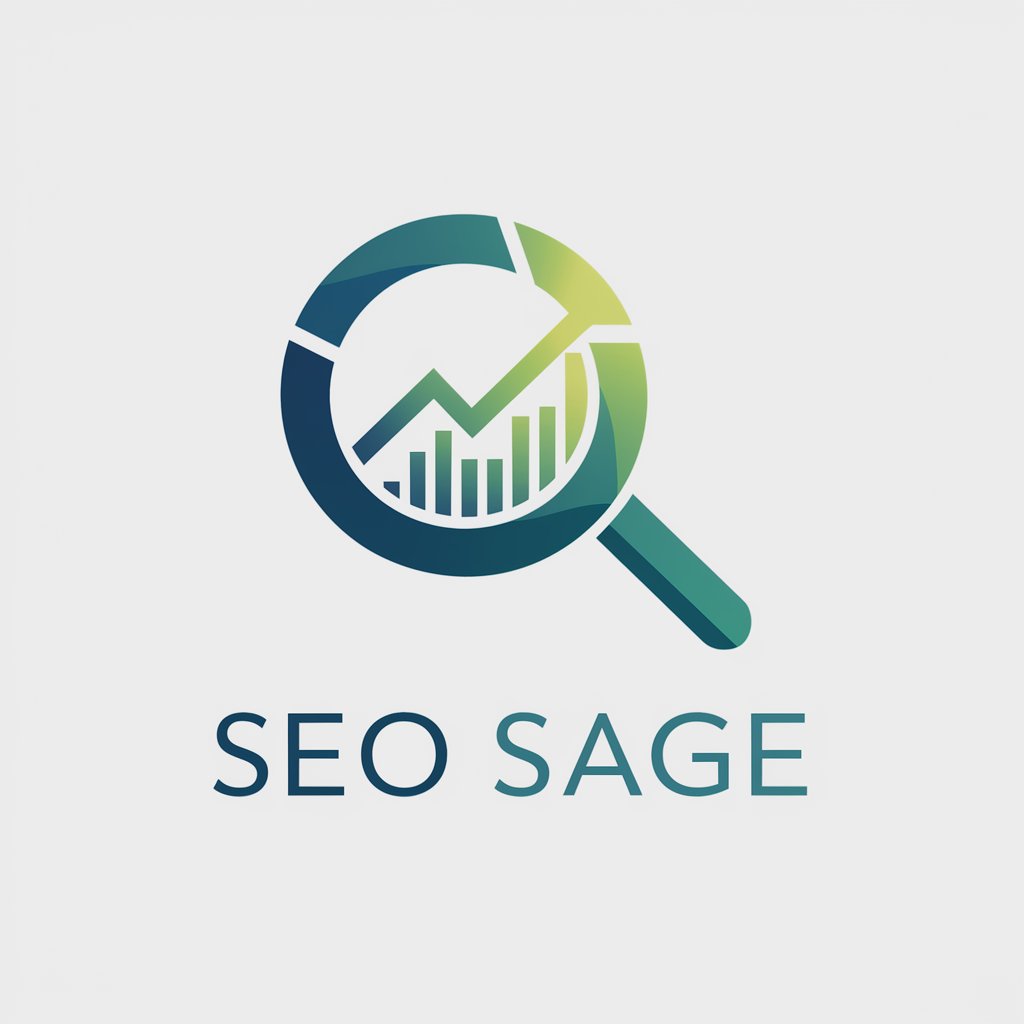
LogisticGPT Q&A
What types of sensors does LogisticGPT recommend for inventory tracking?
LogisticGPT advises on various sensors such as RFID, barcode scanners, and IoT devices, considering factors like cost, ease of implementation, and scalability.
Can LogisticGPT help integrate new sensors into existing inventory systems?
Yes, LogisticGPT provides guidance on integrating new sensor technologies into existing systems, ensuring seamless data collection and processing.
How does LogisticGPT assist in optimizing retail operations?
LogisticGPT offers insights into sensor selection and setup, tailored to enhance inventory accuracy, reduce losses, and improve overall efficiency.
Does LogisticGPT provide programming tips for sensor integration?
Indeed, it shares practical programming advice for connecting sensors to microcontrollers and interpreting the data for inventory management purposes.
How can LogisticGPT support small retail businesses?
LogisticGPT guides small retailers in choosing cost-effective sensors and implementing scalable inventory management solutions that grow with their business.
